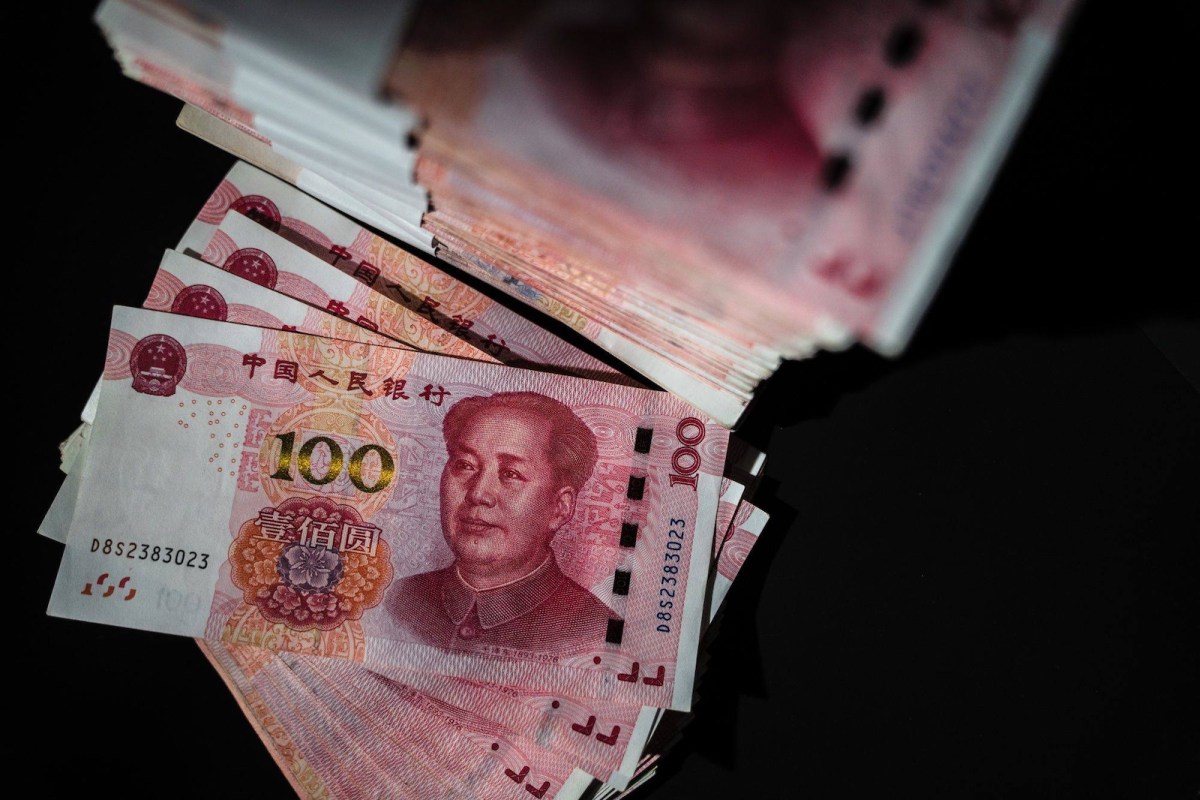The Chinese yuan is emerging as the next major currency to closely monitor in the aftermath of the dramatic reversal of the Japanese yen carry trade.
The yen carry trade’s unraveling is now front and center for global investors, many of whom are now speculating on the potential implications for the yuan.
Central to this discussion is the widening gap between US interest rates and those in Japan and China – a disparity that has been instrumental in fueling carry trades.
These trades involve borrowing in currencies with low interest rates and investing in those with higher yields, a strategy that can be profitable but is fraught with risk, especially when market conditions shift abruptly.
In recent weeks, we’ve seen the Bank of Japan implement a rate hike coupled with growing expectations of coming US rate cuts. These factors have catalyzed the rapid unwinding of carry trades in the yen, which in turn has dramatically altered the currency’s trajectory.
The yen, which had plummeted to 38-year lows against the US dollar in mid-July at 161.7, whipsawed to its strongest position against the greenback this year and is now trading at around 147 to the buck.
With the yen’s carry trade seemingly reaching its conclusion, attention is now turning to the yuan as the next potential candidate for a similar unwinding.
The offshore yuan, traded outside of China, has been steadily appreciating against the US dollar. The currency recently reached its highest level against the greenback this year and is currently trading at around 7.17 to the dollar.
This upward trend suggests that the yuan could face similar unwinding pressures as the yen. Beijing’s tight control over its currency adds a layer of complexity to the situation.
While China’s reliance on exports has historically benefited from a weaker yuan, any significant strengthening of the currency could introduce considerable volatility in foreign exchange markets.
China’s economy is heavily dependent on its large trade surplus, which is now an especially key driver of economic growth. A stronger yuan, however, could threaten this surplus by making Chinese goods more expensive on global markets.
This scenario could force Chinese exporters, who have been taking advantage of a weaker yuan by holding onto US dollars, to begin converting these holdings back into yuan.
With the US Federal Reserve expected to cut rates soon, widely expected in September, this conversion could trigger significant moves in the yuan and potentially cause ripple effects across other Asian currencies.
The yuan’s potential for carry trade unwinding is not just a function of its recent appreciation against the dollar. It’s also tied to the broader dynamics of the global economy and the shifting strategies of Chinese exporters.
These exporters have been accumulating dollar receipts over the past few years, driven by higher yields in the US. As the interest rate gap between China and the US narrows, these exporters may find it more advantageous to convert their dollar holdings back into yuan, adding further upward pressure on the currency.
While the yuan appears to be on the brink of a significant shift, it’s important to consider the key differences between the yuan and other major global currencies, not least the yen.
The yuan’s liquidity and global reach are not as extensive as the yen’s, which could make any potential unwinding less dramatic but still significant.
Moreover, China’s central bank, the People’s Bank of China, is currently easing, in stark contrast to Japan’s recent tightening. This easing stance could paradoxically encourage more carry trades involving the yuan, as investors seek to take advantage of the lower borrowing costs in China.
The coming months are likely to see increased pressure on the yuan, particularly as Chinese exporters reassess their strategies in light of shifting global interest rates.
If these exporters begin to convert their dollar holdings en masse, the resulting influx of yuan could lead to increased volatility.
And if China’s economy shows clear signs of improvement, this could further boost the yuan, leading to even more unpredictable movements in foreign exchange markets.
Investors and policymakers alike should be prepared for a more volatile and unpredictable foreign exchange environment as the yuan’s role in the global economy continues to deepen and evolve.


